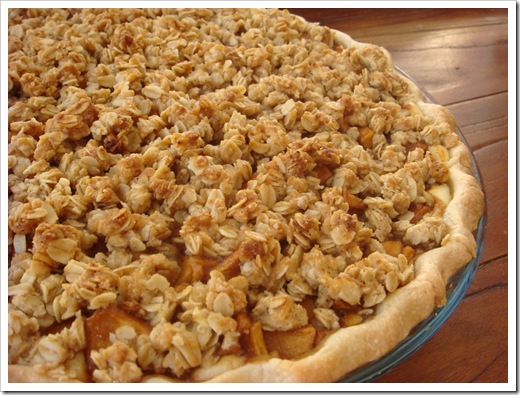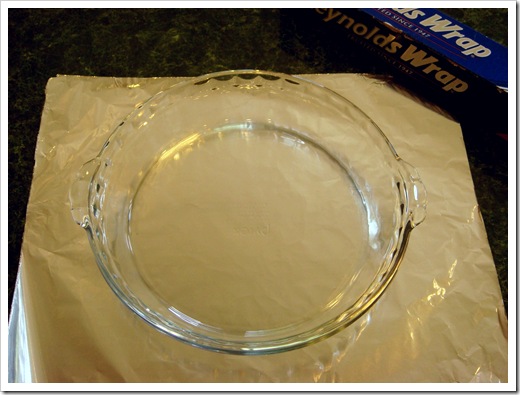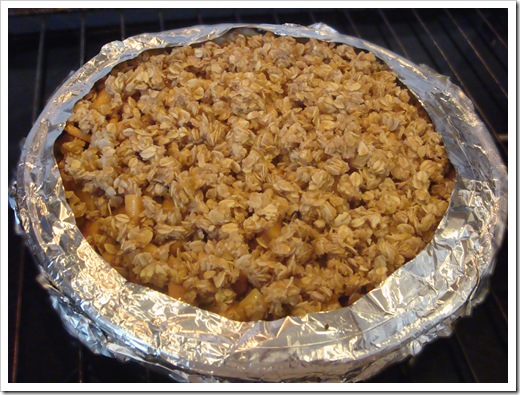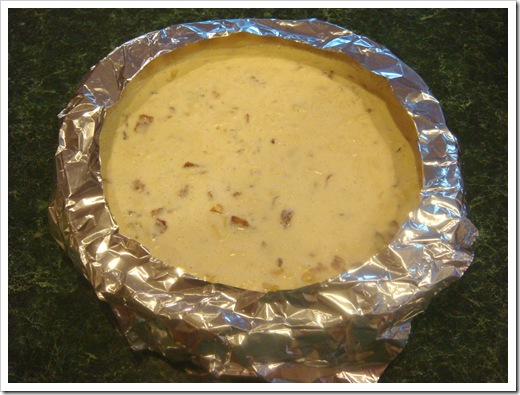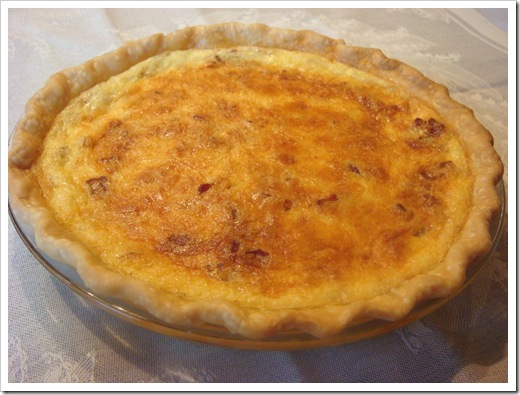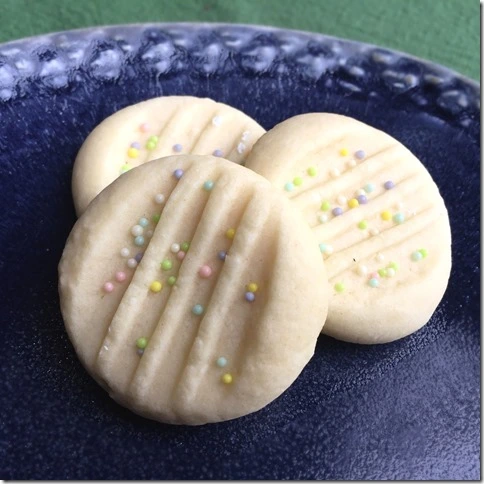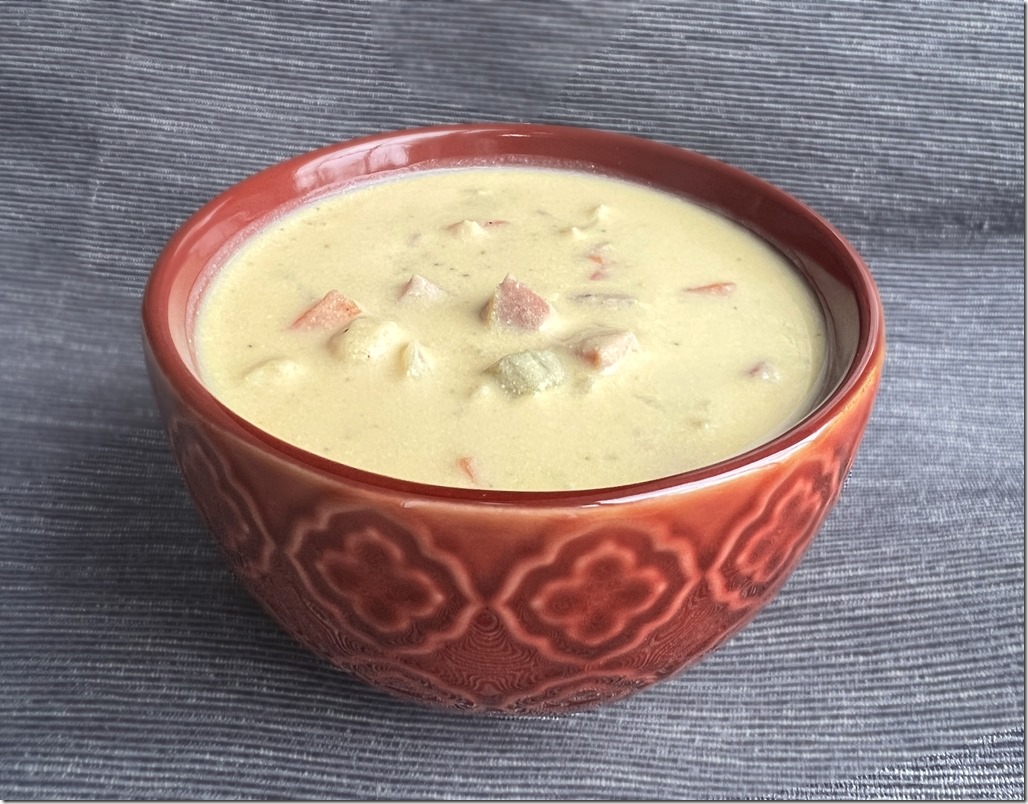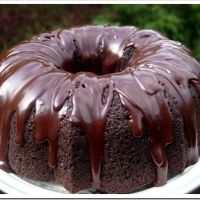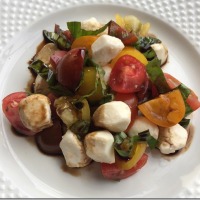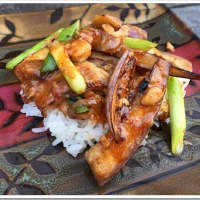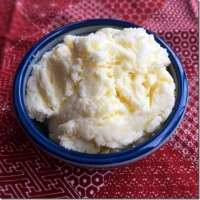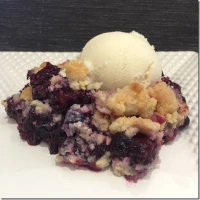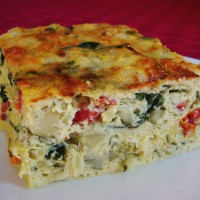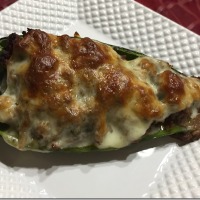It is peach season here in northern Maryland. I have visited two orchards in the past week and I am making my way through a bushel of fresh-picked peaches. Some have made their way into jams, peach butter, frozen peach yogurt, and lots of fresh peach juice running down chins.
Even after all of this canning, I still have more peaches than we can eat our way through before they go bad. So the remaining peaches are going into the freezer to be pulled out all winter when we need a little reminder of summer.
This is a super simple method for freezing peaches: no blanching, no peeling, no slicing. And I like them so much better than canned peaches.
All you need are two ingredients: fresh peaches and Fruit Fresh (a fruit preservative, mostly consisting of ascorbic acid).
To prepare peaches for freezing: wash peaches, cut in half and remove pit, place cut side up on a foil-lined tray, sprinkle with Fruit Fresh, turn cut side down, and place in freezer. When peach halves are solid, place in Ziploc bags and return to the freezer.
The kids’ favorite thing about these frozen peaches comes when you are ready to eat one. You can remove as few or as many peach halves as you want from the freezer. Place the peach half on a plate or in a bowl and microwave for about 20 seconds, or until no longer solid (You can also leave them in the fridge or at room temperature until thawed). To remove the peel, simply pinch the center of the peel and lift- the peel slides off in one perfect piece! So much easier than trying to peel the peaches before freezing!
I enlisted a much cuter hand model to help with this demonstration.
Thanks Julia!
Freezing Fresh Peaches
Ingredients:
Fresh ripe peaches
Fruit Fresh (fruit preservative)
Preparation:
- Wash peaches and cut in half.
- Remove pit, but do not peel peaches.
- Place peach halves cut side up on a foil-lined tray.
- Sprinkle cut side with Fruit Fresh.
- Turn peaches cut side down, and place tray in freezer.
- After peaches have frozen solid, place them in a Ziploc bag and return to freezer.
- When ready to use, microwave peaches for about 20 seconds and the skin will easily slide off.
NoEmptyChairs.me









